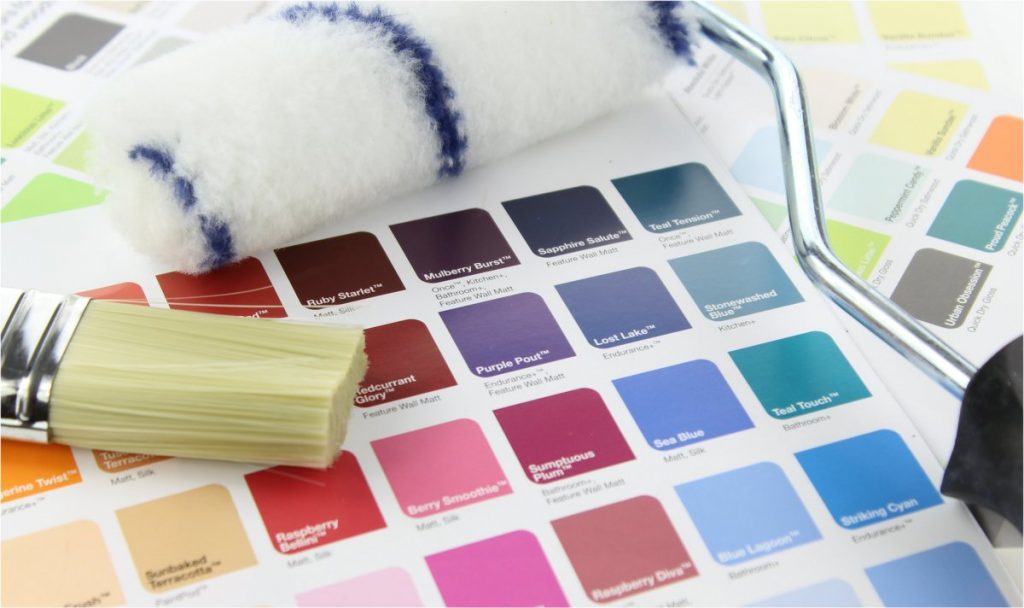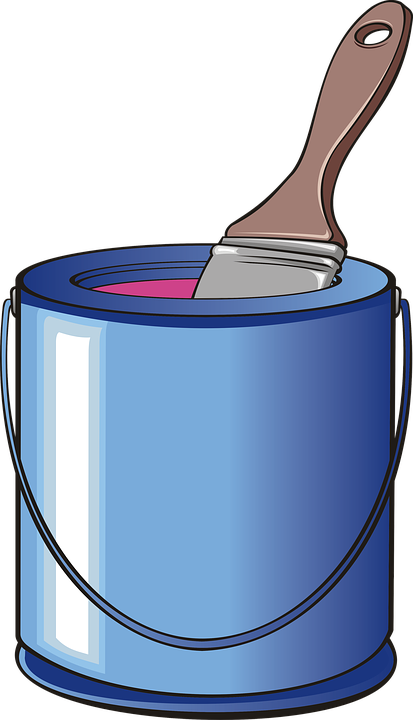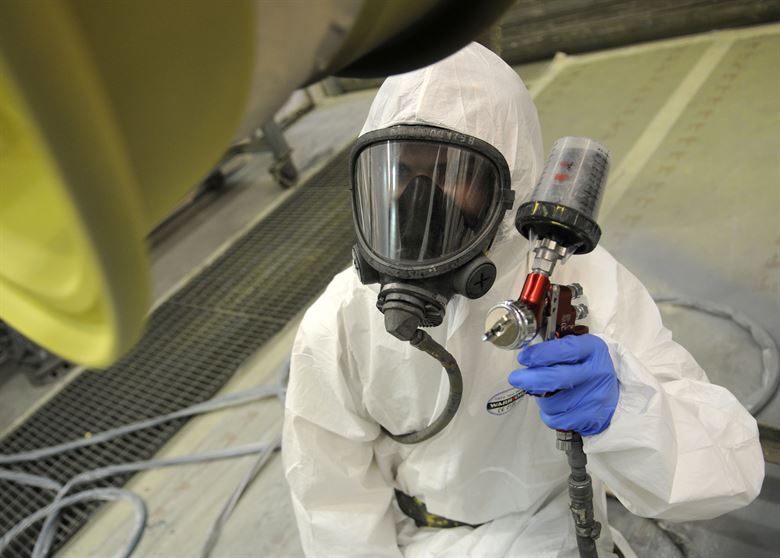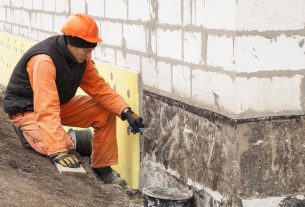The environment and air quality in your home have become significant issues for you. You, therefore, want to use the most eco-friendly products possible to paint your walls. Natural paints, with their limited environmental impact, are the perfect products for you to live according to your convictions.
In this post, discover the different kinds of natural paints and feel free to adopt them for the well-being of your family and the planet.
Natural Paint: Definition and Characteristics
The indoor air in our homes is often more polluted than outdoor air. It is why it is advisable not only to aerate the area regularly to remove the formaldehyde present in the furniture but also to use natural wall coverings to limit this pollution and preserve our health.
It is the binder that makes it possible to distinguish a classic paint from natural paint. There is chemical in the first one, and the second one consists of vegetable oil (such as linseed oil) or citrus extracts.
Natural paints exist in different forms and, unlike standard colours that emit VOCs (Volatile Organic Compounds), they preserve the air inside the home.
They can be used not only to paint walls but also on the interior or exterior woodwork and wooden furniture.

In case you are looking for professional painters in Melbourne, you might wish to check the website of Paint Central Florida. They provide reliable residential, commercial, interior, exterior and one-day house painting services.
According to recognized scientific studies, their penetration capacity in the substrate is higher than that of conventional products, mainly thanks to binders such as linseed oil.
They are available as ready-to-use paints or as a powder to be diluted with water. The pigments used to colour them are natural. They are microporous and can, therefore, be applied to wood, which they allow for breathing, and their lifespan is comparable to that of a conventional product.
Natural paints do not emit toxic products and have the same qualities as conventional acrylic paints: fast drying time and comparable performance to toxic ones. They are also washable and non-leachable paints, which makes it easy to clean with water.
Besides, they are available in many colours. On porous substrates, an essential primer chosen from the same range as the selected paint can also be applied before the paint coat.
Good to know: if your ambient air is saturated with pollutants, there is a depolluting paint that can help you fight against harmful fumes. There exist a type of natural paint that contains rosin, citrus terpenes, essential oils, as well as natural turpentine essence obtained by distillation of pine gem – all products that are safe for people with known allergies. So, if you are very allergic, it is recommended to use 100% organic paint.
Natural Paint: Pollutants and Labels
Action of Pollutants
The action of VOCs on health is real and painful: eye and respiratory irritations, headaches and nausea are the most common.
That is why, to paint a room, it is necessary first to empty it, so that the furniture and textiles do not absorb the pollutants.
Good to know: labelled natural paints are much less polluting than other colours, and their VOC content is low. They can be applied by leaving the furniture in place and without airing the room, which allows an urgent application even in the middle of winter.
Labels

Different labels tell you that you are in the presence of natural paint and ensure that you buy a product that is less harmful to your health than conventional paint. Below are some of the labels:
GreenSure: it is an ecolabel in the US indicating that the paints were designed and manufactured taking steps to reduce environmental impact, and they met or exceeded the most stringent regulatory requirements on VOC limits, aromatic content limits, and chemical component restrictions. You can read more on this link.
NF Environnement: certified by AFNOR and exclusively French, this label prohibits the use of heavy metals, certain hydrocarbon products and certain glycol ethers in the composition of the paint.
European ecolabel: it is also a label certified by AFNOR, which limits the content of VOCs, chemicals and hydrocarbon solvents.
German Blue Angel label: it appears on natural paints of German origin and is stricter than the two previous ones, with low limits for VOCs, hydrocarbon products and heavy metals.
Natural Paint: Application

Natural paint is applied like a classic paint on a clean, dry and healthy surface.
Two or three coats are required depending on the brand selected, and the drying time between two coats is several hours but may vary according to the exact composition of the chosen product.
Through-drying takes 72 hours, and the equipment (brushes and containers) is easily cleaned with water.
Good to know: the distinction between organic and natural paint is made concerning the composition of the products. Organic paint is 100% made from natural elements, while natural paint can contain 10 to 20% non-allergenic and non-VOC producing chemicals.
Natural Paint: Prices and Suppliers

The market for natural paints is booming, and you will find a wide choice of brands offering ecological ranges in DIY stores, in shops specializing in the sale of organic materials, and on the internet from $17 per litre for white paint and $22 per litre for colour paint. You will also have to add the price of a natural primer around $16 per litre. Overall, the approximate yield of these different products is 12 to 14 m² per litre.
Note: Painting is not an easy task for everybody, especially in places not easily accessible. Besides, if you don’t have the proper equipment and expertise, it becomes more of an arduous task. But you don’t need to worry about this. Paint Central Florida has over a decade of experience, and their team of painters will ensure the best results and on-time completion of your project.

Hope the above helps you in making your choice of paint. Discover the world of home renovation through this blog! From home improvement to remodelling, there is a plethora of articles to read and apply in your daily life.




1 thought on “Understanding Natural Paints”